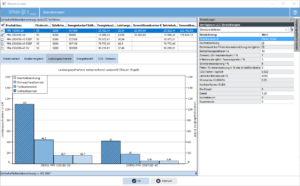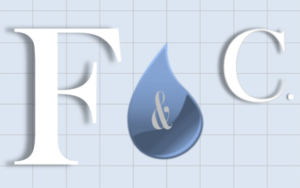HI Releases Updated Nozzleloads Standard (ANSI/HI 9.6.2)
The Hydraulic Institute announces the release of the updated Applied Nozzleloads Standard (ANSI/HI 9.6.2 − 2011). This revised standard contains many revisions and added material.
The new applied nozzleloads standard includes recommendations for assessment of applied nozzle loads for the following pumps types:
- Horizontal end suction single-stage (ANSI/ASME B73.1, B73.3, and B73.5M)
- Vertical in line single-stage (ANSI/ASME B73.2)
- Axial split case single and two-stage
- Vertical turbine short set pumps
The updated standard contains additional explanatory information regarding the criteria for pump nozzle loading allowances and includes more detail regarding the material requirements for pump casings and hold-down bolts. The revised standard also contains new and improved graphics to support the text and enhance user understanding. Also, the equations and methodology are explained using more sample problems and greater educational content.
Gregg Romanyshyn, HI Technical Director, stated, “The committee planned to re-issue this standard with only a few minor updates, but as they began their review, they discovered several areas that needed revisions. Material codes were added as well. It is certainly beneficial for any pump user dealing with the assessment of applied nozzle loads in any of the pump types above to add this to their pump standard library”.
The Applied Nozzleloads Standard (9.6.2 − 2011) is available at the HI eStore for $75.00. HI Members enjoy a 25% discount.
HI Pump Standards are reliable, widely accepted references for anyone involved in pumps, including users, consultants, contractors, construction firms, manufacturers of pumps, seals, motors, instrumentation, controls, and pump software developers and systems integrators. HI periodically introduces new Standards based on industry needs. HI’s complete library of ANSI/HI standards for the pump industry is user-friendly, and available in both electronic and print formats at the HI e-Store
Source: Hydraulic Institute Inc.







